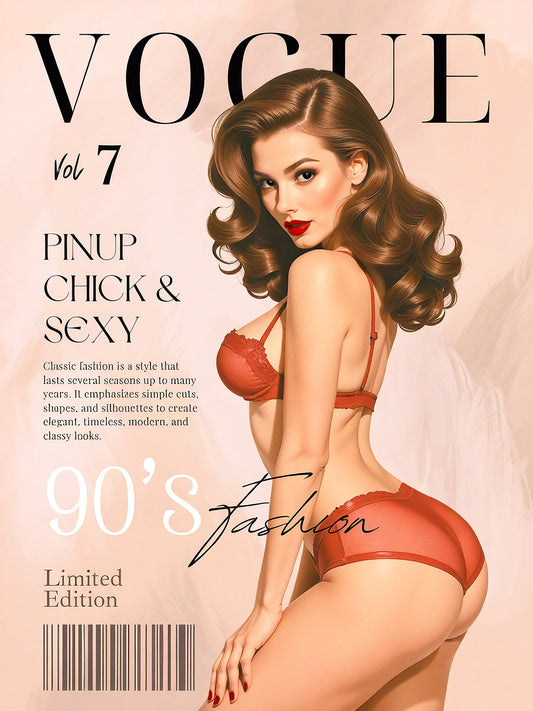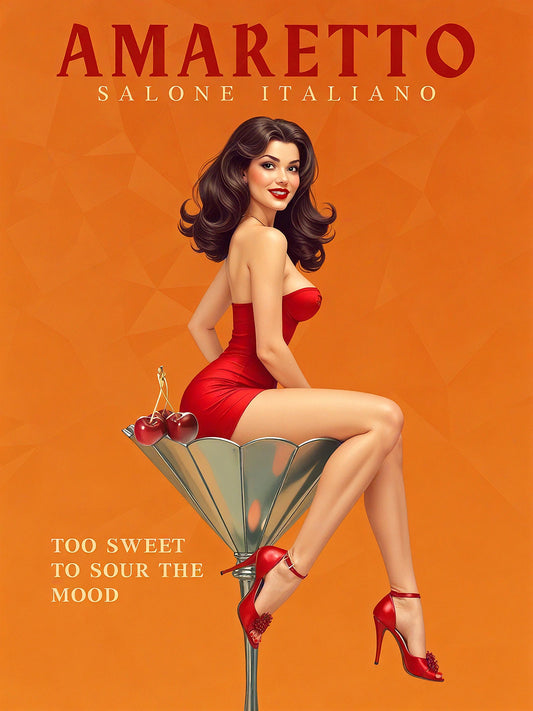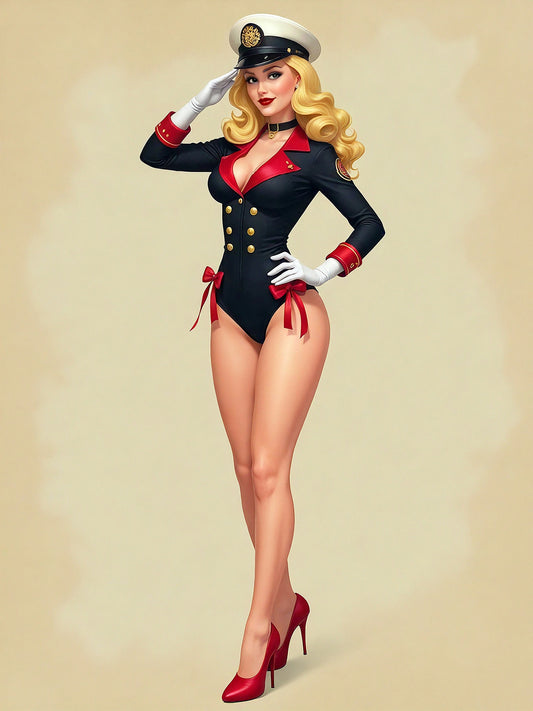Did you know that pin-up art wasn’t just about glamour—it was a cultural revolution? These stunning illustrations and photographs weren’t just meant to be admired; they represented confidence, femininity, and a sense of adventure. From wartime morale boosters to Hollywood icons, pin-up girls have left an indelible mark on fashion, photography, and pop culture.
I’ve spent years delving into the fascinating history of pin-up models, and trust me—there’s more to their story than meets the eye. Let’s take a journey through time and uncover how these vintage muses shaped an era.
The Birth of Pin-Up Art: Where It All Began
Before the world fell in love with 50s pin-up models, the concept of the "pin-up" was already taking shape in the early 20th century. The term itself comes from the idea that these illustrations and photographs were designed to be "pinned up" on walls, lockers, and military barracks.
Artists like Gil Elvgren and Alberto Vargas helped define the classic pin-up aesthetic with their dreamy, airbrushed depictions of women—exuding charm, playfulness, and just the right amount of mischief. But the inspiration for these illustrations? It came from real-life pin-up models.
Pin-Up Girls of the 1940s: Wartime Morale Boosters
During World War II, pin-ups became more than just art—they became symbols of hope and motivation. Soldiers carried pin-up posters in their lockers, painted nose art featuring bombshells on their aircraft, and even wrote letters to their favorite pin-up models.
Icons like Betty Grable, whose famous swimsuit photo became one of the most widely distributed images among U.S. troops, embodied the era’s patriotic beauty. These pin-ups weren’t just about looking glamorous; they were about lifting spirits and reminding servicemen of home.
50s Pin-Up Models: The Golden Age of Glamour
If the 1940s introduced the world to pin-ups, the 1950s made them legends. This decade saw the rise of famous pin-up models who blurred the lines between high fashion, Hollywood, and artistic photography. Women like:
- Bettie Page – The queen of pin-ups, known for her iconic black bangs and playful yet risqué photographs.
- Marilyn Monroe – Before she became a movie star, Marilyn’s early modeling work captured the essence of a perfect pin-up.
- Jayne Mansfield – With her hourglass figure and signature platinum blonde hair, she became a pop culture sensation.
During this time, pin-up models influenced everything from makeup trends (think red lips and winged eyeliner) to swimsuit styles (hello, high-waisted bikinis!). The idealized feminine figure of the 50s was largely shaped by these pin-up queens.
Pin-Ups in Pop Culture: More Than Just Pretty Faces
Beyond the photoshoots and posters, pin-up girls became embedded in popular culture. Their influence can be seen in:
- Fashion: Rockabilly and vintage-inspired styles owe everything to classic pin-up aesthetics.
- Tattoos: The "sailor-style" pin-up tattoo remains a staple of traditional tattoo art.
- Modern Photography: From Dita Von Teese to contemporary pin-up revivals, the art form is still alive and well.
What’s incredible is how pin-up culture has evolved. While it once defined an era, today it’s embraced by people from all walks of life as a symbol of empowerment and body confidence.
The Legacy of Pin-Up Art: Why It Still Matters Today
So why do pin-ups still captivate us after all these years? Because they were more than just beautiful faces—they were expressions of style, independence, and rebellion.
Even in today’s digital age, the aesthetic of pin-up girls, pin-up models, and pin-up art continues to inspire photographers, designers, and artists worldwide. Whether it’s a nod to old-school Hollywood glamour or a celebration of vintage femininity, the spirit of pin-ups lives on.
Call to Action
Ready to celebrate your own pin-up style? Contact us today to start creating a custom portrait that brings out your inner pin-up model. Get Started





